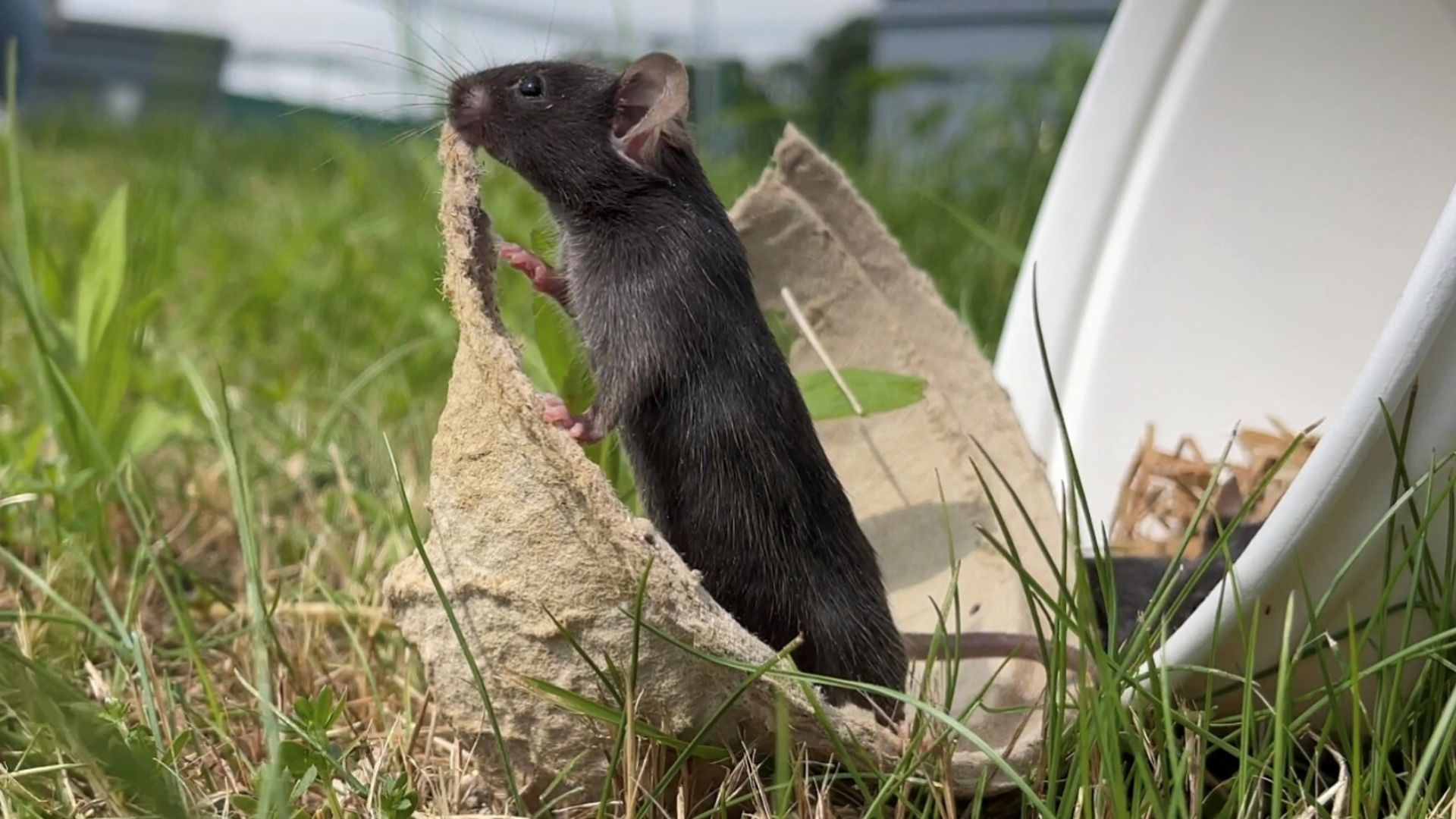Full Moon Baby Boom? Cow Births Increase During Certain Moon Phases

Does a full moon really induce labor? Scientists have examined this popular old wives' tale, but have found conflicting evidence about whether the moon affects the timing of human births. A new study, however, has shown there may be some truth to this bit of folklore — for dairy cows, at least.
A team of researchers analyzed the birth timing of more than 400 dairy cows from a breed known as Holstein Friesian. By reviewing the records of full-term spontaneous cow deliveries during a three-year period, the researchers found that birth frequency increased as the full moon neared. In fact, the number of births peaked during the near full and full moon, the researchers said.
Similar studies on the lunar cycle's effects on human birth rates have been inconclusive, according to lead study author Tomohiro Yonezawa, a professor in the Graduate School of Agriculture and Life Sciences at the University of Tokyo in Japan. [6 Wild Ways the Moon Affects Animals]
"Mothers' nutrition, social environment and genetic background could disguise the moon's influence," Yonezawa said in a statement. "However, cows may provide a good model for teasing apart the lunar effect from other factors that also influence birth."
The researchers selected Holstein cows because of their low genetic diversity due to domestication, and the uniform condition under which they are raised by professional dairy farmers, they said.
Beyond the higher birth rates of the dairy cows near and during the full moon, the study also found that the predicted and actual delivery dates differed significantly within the eight moon phases. Cows with predicted delivery dates before the first- quarter moon tended to deliver later than expected, whereas cows with delivery dates that fell during the full moon to the last-quarter phase tended to deliver on schedule.
Data also showed that the relationship between delivery timing and the lunar cycle was strongest for multiparous cows, or those that produce more than one young at a birth.
Get the world’s most fascinating discoveries delivered straight to your inbox.
Yonezawa said that as a veterinarian, he tries to take questions that are difficult to answer in humans and examine them in farm animals.
"Our findings do not immediately hold true for human births and we still don't know why the number of calves delivered increases around the full moon," Yonezawa said. "However, we are excited to do further research because the findings should eventually lead to discoveries that can be generalized to human births."
Before any strong conclusions can be drawn from this study, Yonezawa said, the researchers need to verify their results with a larger sample size.
The findings were described in a paper published online Aug. 31 in the journal PLOS ONE.
Original article on Live Science.

 Live Science Plus
Live Science Plus





